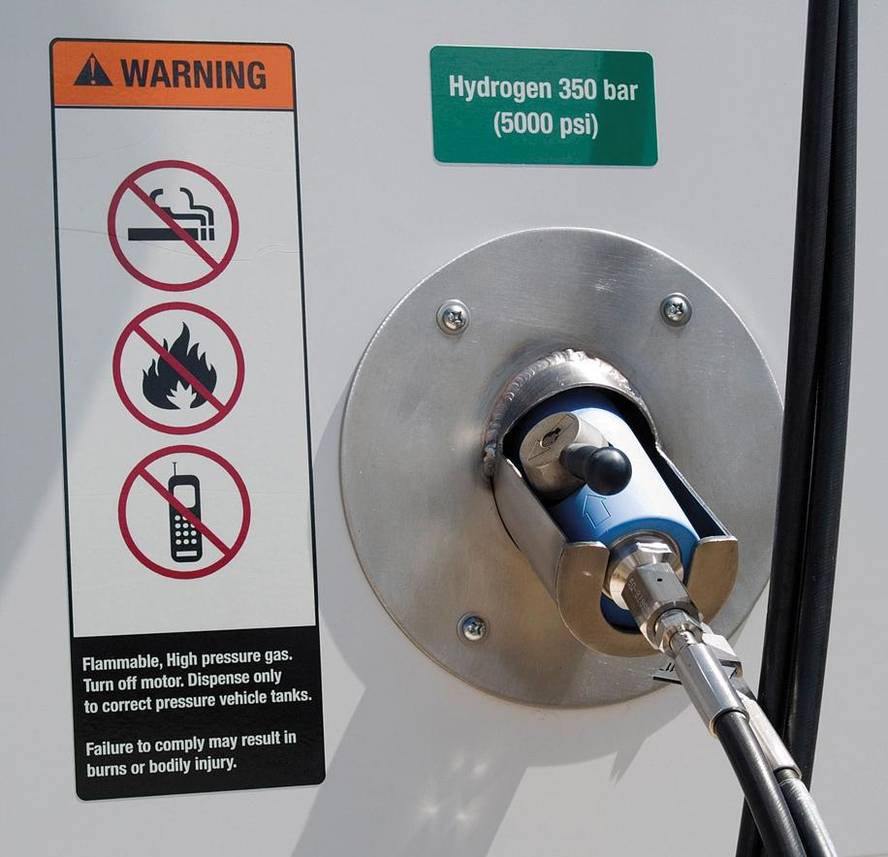Bacteria create hydrogen gas without other energy sources

Two environmental engineers from Pennsylvania State University have managed to create a hydrogen gas that can be used as fuel, using only water and bacteria as raw material. The amount of fuel obtained is very low, but researchers have stated in the journal PNAS that it has served to demonstrate the feasibility of the hydrogen generation process.
The union of two systems already designed for the generation of hydrogen has allowed the generation of hydrogen gas without external energy input. On the one hand, a methodology that generates hydrogen from bacteria has been used, but requires supplying additional energy from an external electric source. On the other hand, by means of a permeable membrane separating salt water from sweet, the difference of potential that is generated between both has been used. However, these systems do not generate electricity but only the difference in potential.
The combination of both systems has taken advantage of this potential difference to provide bacteria with the energy needed to produce hydrogen. In addition to energy, bacteria need acetate compounds as raw material to produce hydrogen. In the experiment, 30 milliliters of sodium acetate were obtained in a day of 21 to 26 milliliters of hydrogen. Scientists have recognized that this is a very small amount (four times the fuel a lighter has), but have shown that it is enough to demonstrate in the laboratory that hydrogen can be produced.





